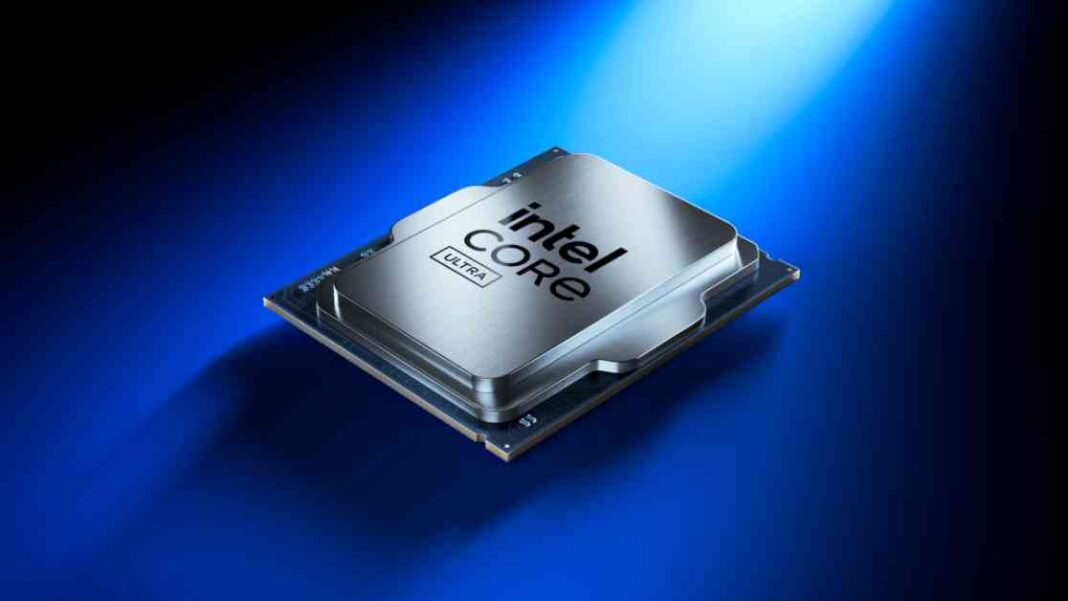Intel has recently launched its Arrow Lake processor lineup for desktop PCs, combining the architectures of its “Meteor Lake” and “Lunar Lake” chips. This new Core Ultra 200S processor is Intel’s first disaggregated desktop processor, featuring individual tiles for each part of the chip fabricated on different processes.
One of the notable changes in this new processor lineup is the removal of hyperthreading, a feature that has been excluded from Intel’s desktop chips, similar to what was done with the Lunar Lake mobile processor. Hyperthreading, also known as simultaneous multi-threading, creates a second virtual processor inside a single processor core to improve performance. However, Intel’s decision to omit hyperthreading from the Arrow Lake processors is aimed at enhancing efficiency and reducing power consumption.
The Arrow Lake processors promise better performance and lower power consumption compared to the 14th-generation Core chips. By optimizing the efficiency of the cores for power and space, Intel aims to deliver a more powerful and energy-efficient computing experience for users. The company’s focus on maximizing performance per watt and leveraging technology like Foveros has influenced the decision to exclude hyperthreading from these processors.
While the debate around the benefits of hyperthreading in terms of performance increase versus resource contention continues, Intel’s move with the Arrow Lake processors reflects a strategic choice to prioritize efficiency and overall compute performance. The decision to remove hyperthreading from the desktop chips is based on the success of a similar approach with the Lunar Lake architecture.
Intel’s Vice President and General Manager of Client AI and Technical Marketing, Robert Hallock, explained that the exclusion of hyperthreading allows for saving power and achieving a 15-20% improvement in multicore performance. By integrating the designs from Lunar Lake into the Arrow Lake processors, Intel aims to deliver speed to market and maximize performance per watt.
The question remains whether hyperthreading will make a comeback in future processor releases. For now, Intel’s focus on efficiency, power consumption, and performance indicates that hyperthreading may not meet the criteria to be included in upcoming chip designs. The Arrow Lake processors represent Intel’s latest innovation in desktop computing, showcasing a shift towards enhanced efficiency and performance in the absence of hyperthreading.
In conclusion, Intel’s Core Ultra 200S processor lineup marks a significant step in the evolution of desktop processors, emphasizing efficiency and performance optimization. The decision to remove hyperthreading reflects Intel’s commitment to delivering innovative solutions that prioritize power consumption and overall computing experience. As technology continues to advance, Intel’s strategic choices with the Arrow Lake processors pave the way for future developments in processor design and performance.











